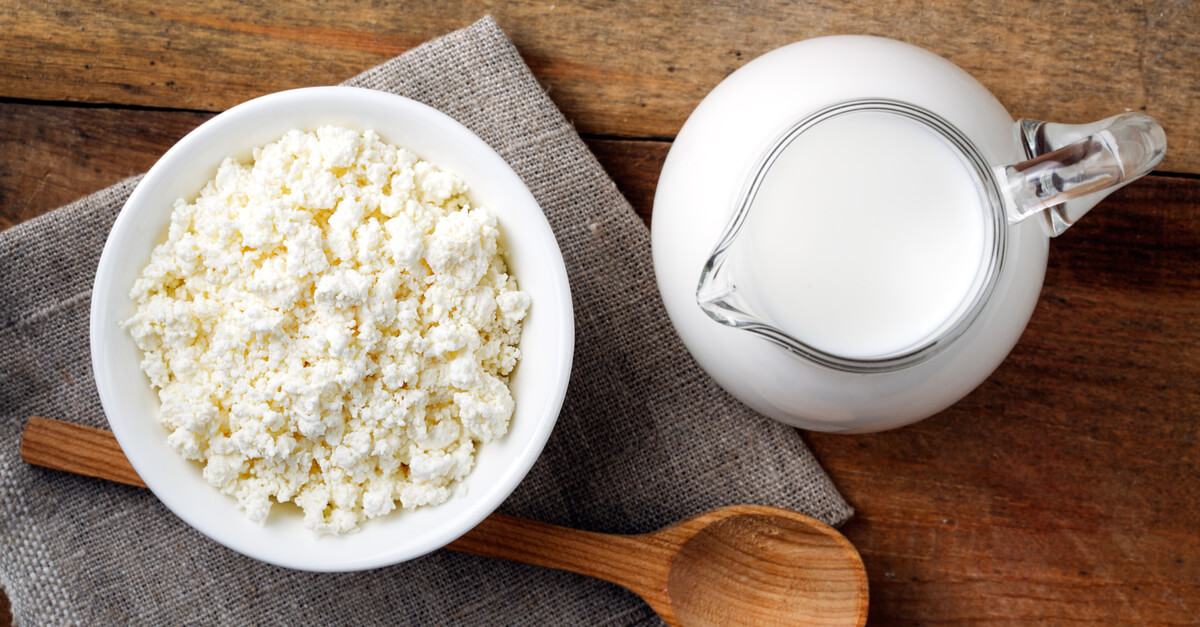The Struggle:
Writing Ask a Chef every week is only one part of my job. There are times when I have questions too. My mind works in mysterious ways. Driving to work the other day my brain screams at me “I wonder how lactose would work in a marshmallow!” Then I started to think, “how does Lactose work in general?” I decided to do some research on the topic. I’ll tell you right now typing “lactose recipes” into google will only result in “ lactose-free” results. Eventually I was able to find some information but I wanted more. So I also decided to do some tests, and here is what I found.
“What are the best uses for lactose?”
Lactose – The Finicky Sugar
Lactose is milk sugar, and has about 20% the relative sweetness as granulated sugar. This low sweetness opens a lot of possibilities. My thoughts immediately go to replacing regular sugars with lactose. In theory the low sweetness of lactose will allow for savory versions of all sorts of confections. I decided to try a number of tests to see what could be done and if there were any limitations to using lactose. This biggest limitation I found was heating a lactose syrup to 240°F causes it to seize and crystalize. So I decided to add Glucose DE 42, a great anti-crystallizing sugar. It had no effect, the crystallization still happened. With anything that requires “soft ball” heated sugar or above lactose will not be an option. But this doesn’t mean that it is useless. Lactose still has some great uses in many recipes like beer and sausage .
Lactose has been used in beer making for ages. The benefit of lactose in this application is that it provides a richer mouth feel for beers such as a Stouts and milkshake IPA’s. Another reason lactose works great in these recipes is that it is completely unfermentable, this means the sugars will not be broken down during the brewing process. This also leaves the beer with a slight sweetness that can be used to counteract some of the bitterness and make for a more rounded flavor without being sugary sweet.
Lactose is also an additive in sausage making. Lactose while it doesn’t have all the same qualities as sugar it still has a great maillard reaction (browning). When lactose is added to sausages it will caramelize when cooked without having to sweeten the sausage as much as granulated sugar will. This makes for a great alternative to granulated sugar in mouthfeel, flavor, and browning.
Lactose has other great applications for modern cooking as well. Lactose is a key ingredient in edible stones, a classic magical dish from Michelin starred restaurant Mugaritz. Edible stones are potatoes coated in a thin layer of edible clay and lactose to give the appearance of dry river stones. They make for a great table presentation where they can remain on the table setting until instructed to eat them. This makes for a magical presentation. If you are ever looking to cut down on the sweetness of a recipe and bump up the mouth feel lactose is the ingredient you should try.


